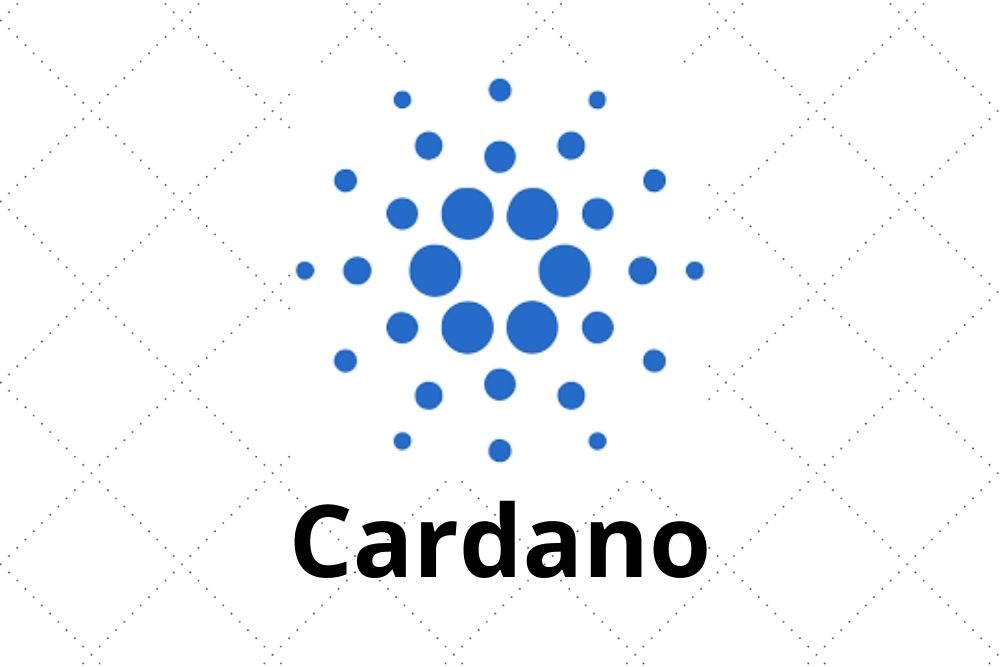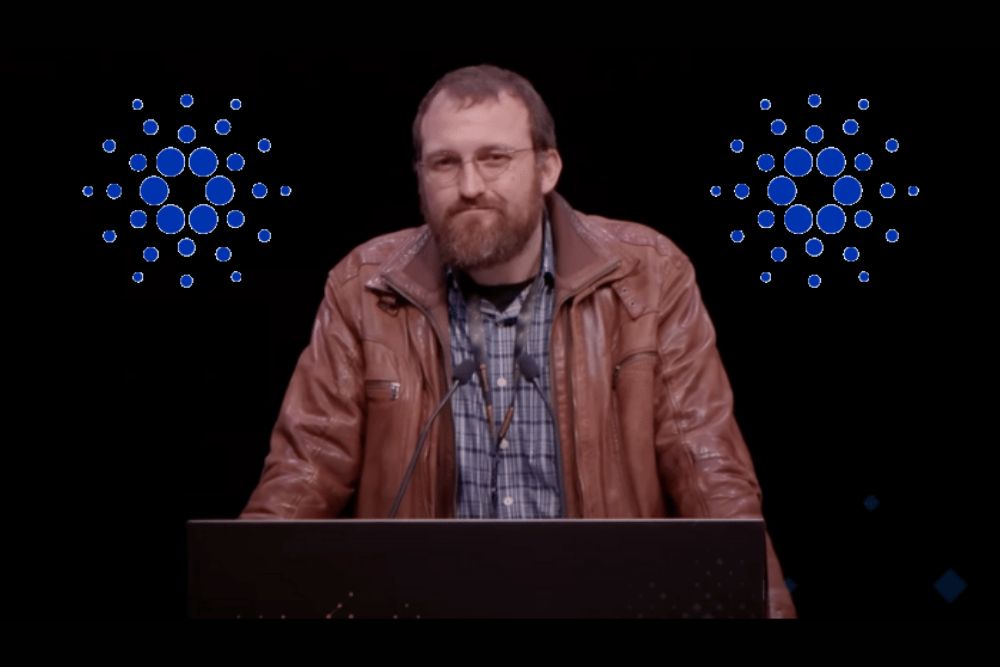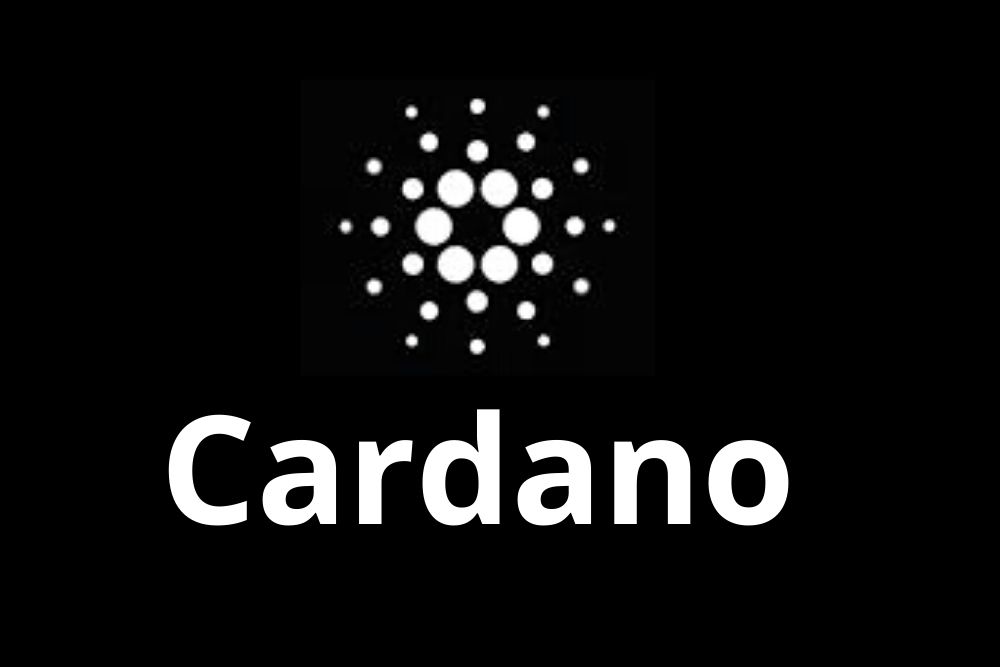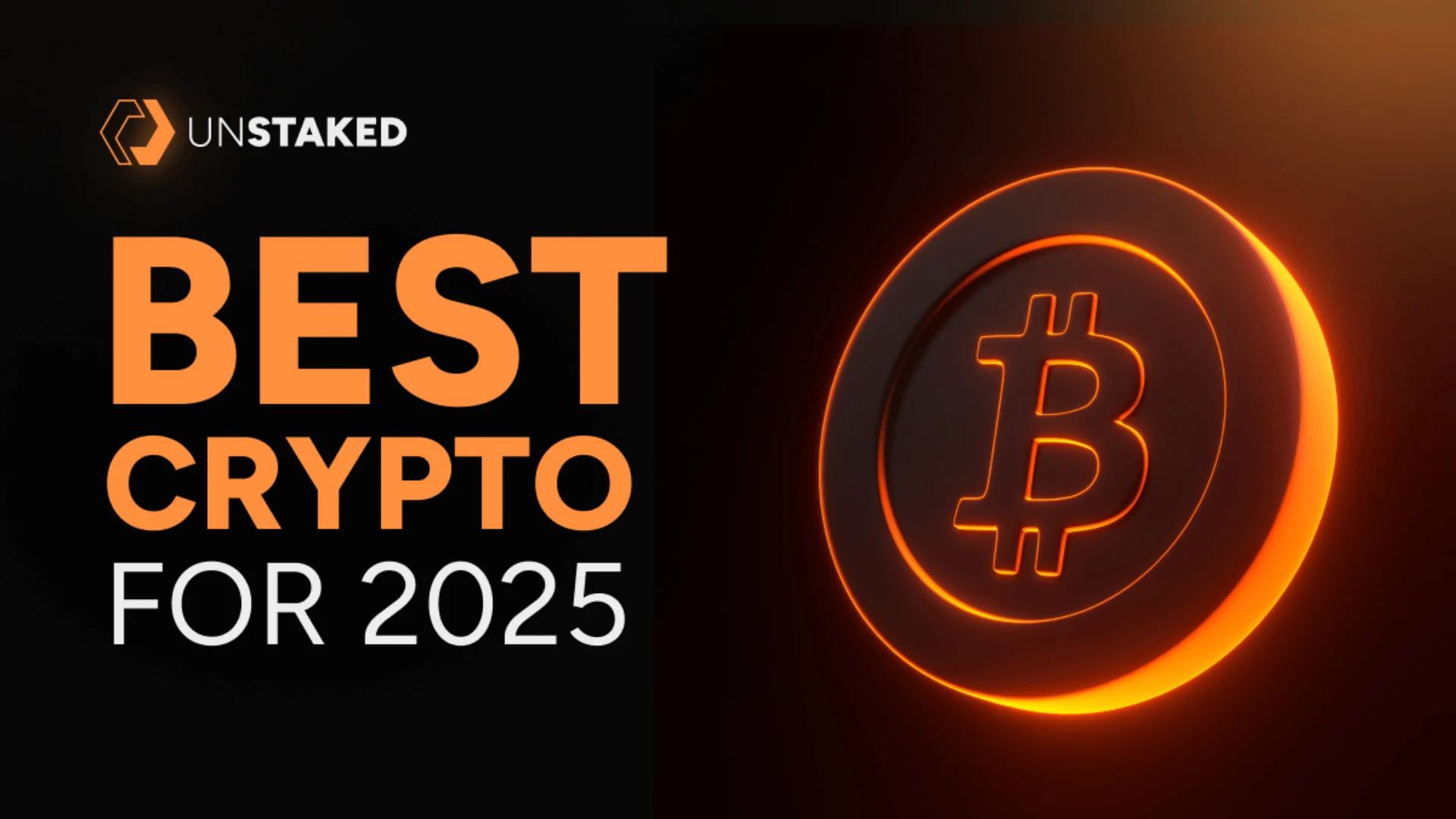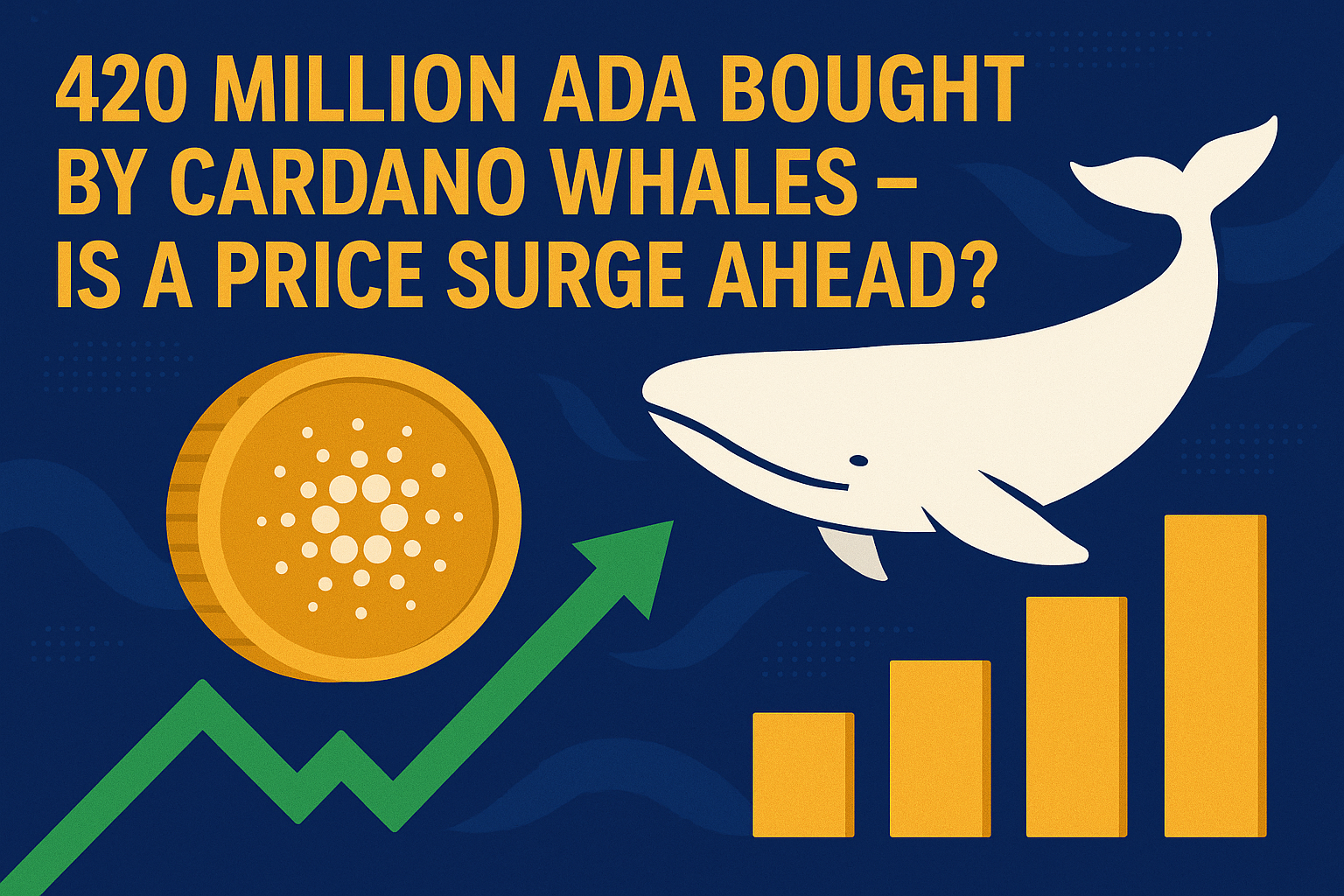Cardano’s Leios Shows Off Exceptional Efficiency. Here’s What Happened
Cardano’s Leios architecture is already making waves within the blockchain community, with new details suggesting that the system’s scalability and efficiency may surpass long-standing industry expectations. In a recent X post, Cardano advocate Mintern shared insights from Input Output Global (IOG) Senior Prototyping Engineer Brian Bush, who revealed that Leios runs smoothly even under peak […]
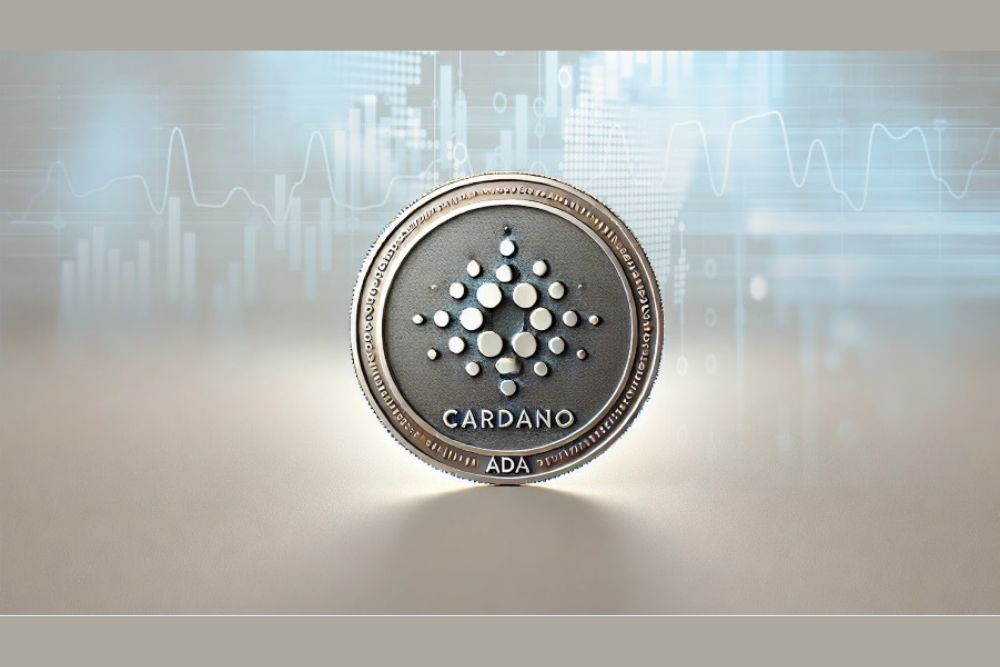
Cardano’s Leios architecture is already making waves within the blockchain community, with new details suggesting that the system’s scalability and efficiency may surpass long-standing industry expectations.
In a recent X post, Cardano advocate Mintern shared insights from Input Output Global (IOG) Senior Prototyping Engineer Brian Bush, who revealed that Leios runs smoothly even under peak load on as few as two CPU cores. This revelation underscores a major milestone in Cardano’s pursuit of efficient, decentralized infrastructure.
BREAKING NEWS:
CARDANO’S LEIOS CAN RUN SMOOTHLY ON JUST 2 CORES 😱😱
IOG Senior Prototyping Engineer Brian Bush says “Cardano’s Leios is so efficient it runs smoothly on just 2–4 cores even at peak load. No need for high-end machine.” @InputOutputHK
Is this the final blow to… pic.twitter.com/zit0ebzQl8
— Mintern (@MinswapIntern) May 1, 2025
Leios: Lightweight Performance, Heavyweight Impact
At the heart of the announcement is Leios, a cornerstone component of Cardano’s evolution toward Voltaire—the governance era. Leios is part of a larger scaling initiative aimed at decoupling computation from consensus and enhancing throughput without sacrificing decentralization. Brian Bush’s comments confirm what Cardano developers have hinted at for months: the network’s ability to process high transaction volumes using minimal hardware resources is not just theoretical—it’s being proven in real-world conditions.
According to Bush, Leios is “so efficient it runs smoothly on just 2–4 cores even at peak load,” eliminating the need for expensive, high-performance computing setups. This presents a sharp contrast to competing blockchain architectures that often require advanced infrastructure to maintain performance under stress.
A Scalable Future Without the Hardware Arms Race
The implications of this development are profound. Blockchain networks have long faced scrutiny over their scalability and resource requirements. Critics have questioned whether Cardano could ever meet the demands of global adoption without compromising its decentralized ethos or requiring costly machines that price out average users and validators.
Leios directly addresses those concerns. By demonstrating that peak performance can be achieved using modest hardware, potentially even from consumer-grade laptops or low-powered servers, Cardano is reinforcing its commitment to accessibility and environmental sustainability. The architecture also aligns with the network’s long-standing philosophy: decentralization should be achievable without specialized, resource-intensive setups.
We are on twitter, follow us to connect with us :- @TimesTabloid1
— TimesTabloid (@TimesTabloid1) July 15, 2023
A Potential Turning Point for Cardano Skeptics
For years, Cardano has faced criticism from skeptics who argue that its academic and methodical development approach comes at the expense of real-world performance. But recent advances, including Mithril for light client efficiency and Hydra for off-chain scaling, have shown Cardano’s layered roadmap to be yielding tangible results.
With Leios joining this suite of innovations, Cardano is emerging as one of the most scalable, energy-efficient, and hardware-accessible networks in the blockchain space. Brian Bush’s statement might just be the final blow to those who have doubted Cardano’s technical viability.
Lightweight Scalability, Heavyweight Potential
As Cardano marches steadily toward full Voltaire implementation and greater governance decentralization, innovations like Leios will be pivotal. They not only bolster the network’s efficiency but also lower barriers to entry for participants across the globe.
Thanks to Mintern’s spotlight on this critical update, it’s clear that Leios is not just a technical achievement—it’s a symbol of Cardano’s long-term vision becoming reality. Efficient, sustainable, and inclusive infrastructure may soon become the standard for next-generation blockchains, and Cardano looks well-prepared to lead the way.
Disclaimer: This content is meant to inform and should not be considered financial advice. The views expressed in this article may include the author’s personal opinions and do not represent Times Tabloid’s opinion. Readers are urged to do in-depth research before making any investment decisions. Any action taken by the reader is strictly at their own risk. Times Tabloid is not responsible for any financial losses.
Follow us on Twitter, Facebook, Telegram, and Google News
I am a passionate and experienced writer with a strong focus on cryptocurrency and the financial landscape. With a keen eye for market trends and emerging financial technologies, I strive to deliver insightful, well-researched content that educates and informs. Whether breaking down complex financial concepts or analyzing the latest market movements, my goal is to make finance accessible and engaging for a wide audience.
Delegate Your Voting Power to FEED DRep in Cardano Governance.
DRep ID: drep12ukt4ctzmtf6l5rj76cddgf3dvuy0lfz7uky08jfvgr9ugaapz4 | We are driven to register as a DRep by our deep dedication to the Cardano ecosystem and our aspiration to take an active role in its development, ensuring that its progress stays true to the principles of decentralization, security, and community empowerment.DELEGATE VOTING POWER!



